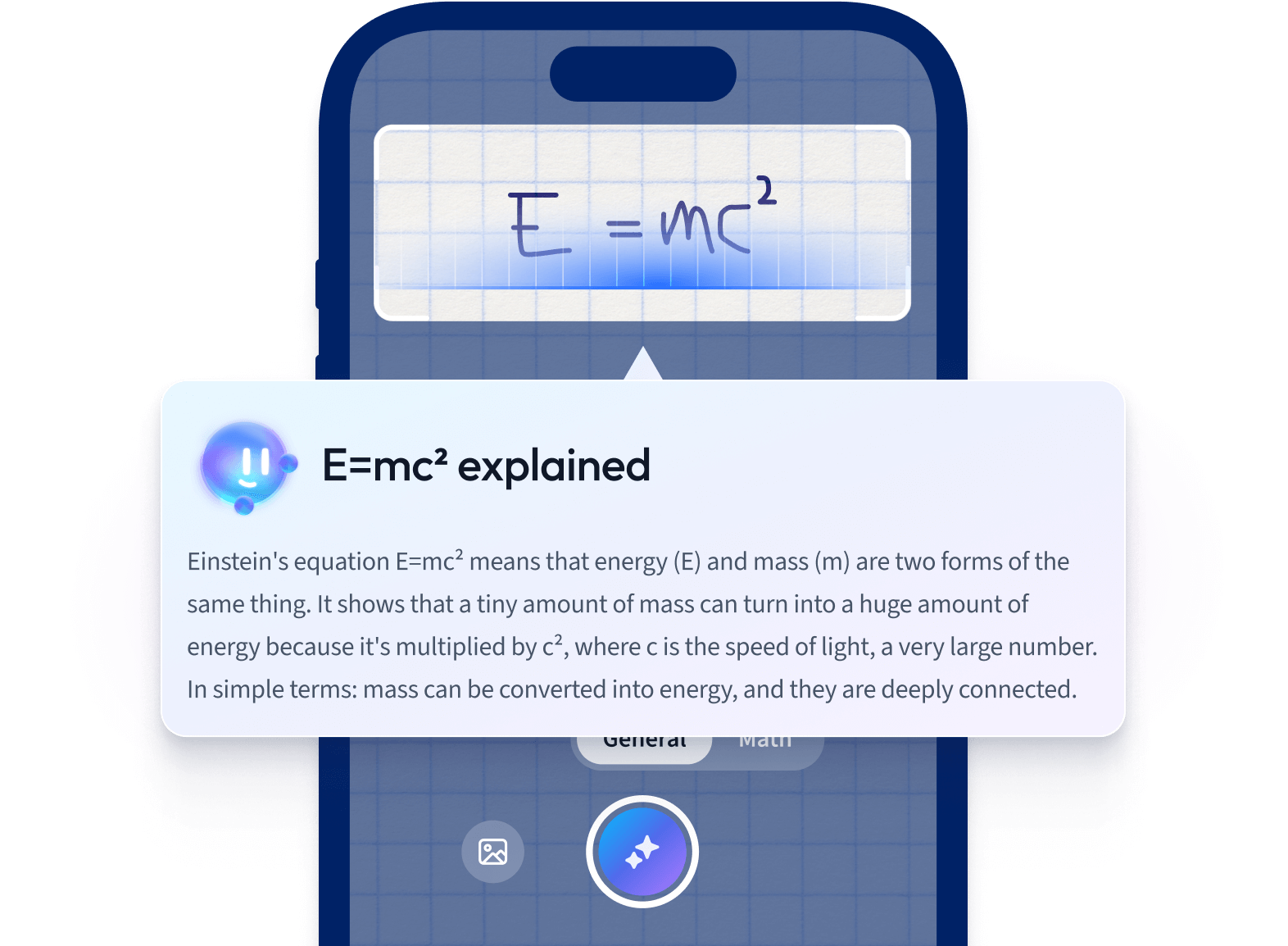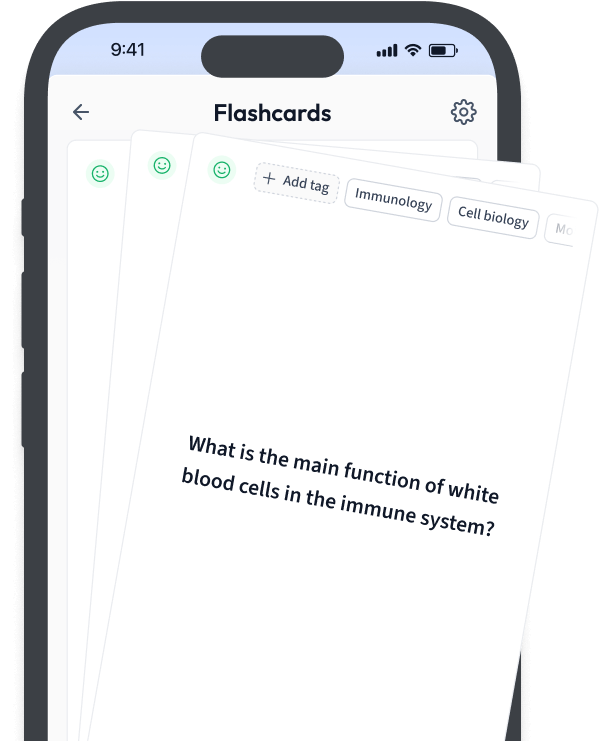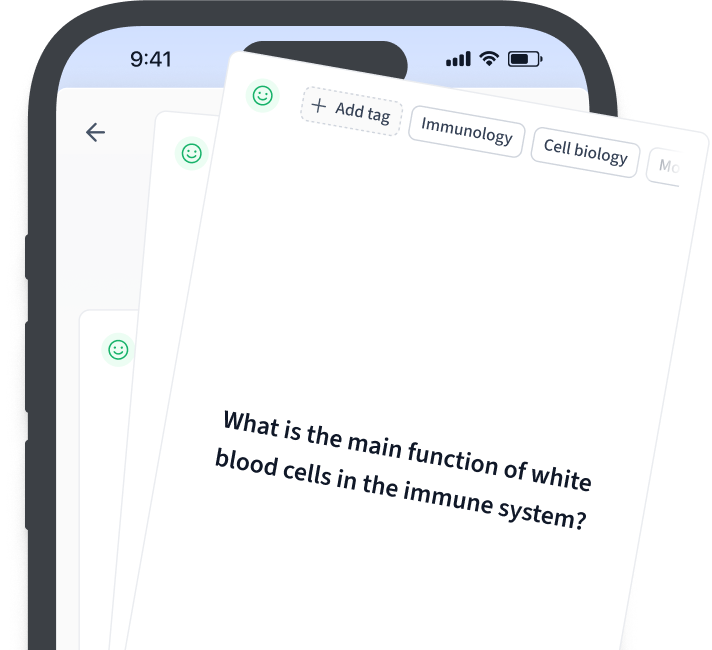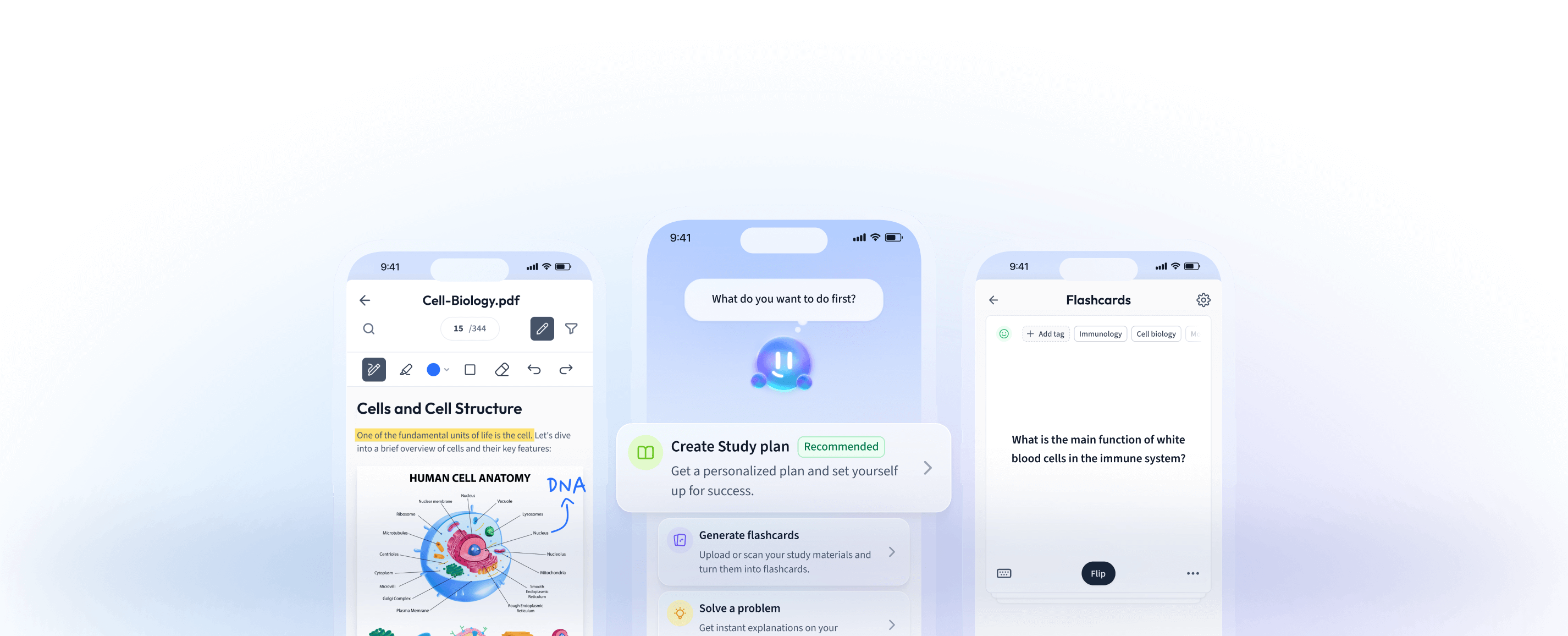Carbon structures are structures made up of the element carbon.
These structures are all known as carbon allotropes.
An allotrope is one of two or more different forms of the same element.
Although allotropes may share the same chemical composition, they have very different structures and properties, which we’ll look at in just a second. But for now, let’s look at the way carbon forms bonds.
How does carbon bond?
Carbon is a non-metal with an atomic number of 6, meaning it has six protons and six electrons. It has the electron configuration . If you aren’t sure what this means, check out Electron Configuration and Electron Shells for further information.
Fig. 1 - Carbon has atomic number 6 and mass number 12, to one decimal place
Ignoring sub-shells, we can see in the image below that carbon has four electrons in its outer shell, also known as its valence shell.
Fig. 2 - Carbon's electron shells. It contains four valence electrons
This means that carbon can form up to four covalent bonds with other atoms. If you remember from Covalent Bond, a covalent bond is a shared pair of electrons. In fact, carbon is rarely found with anything other than four bonds because forming four covalent bonds means it has eight valence electrons. This gives it the electron configuration of a noble gas with a full outer shell, which is a stable arrangement.
Fig. 3 - Carbon’s electron shells. Here it is shown bonded to four hydrogen atoms to form methane. Each covalent bond contains one electron from the carbon atom and one from the hydrogen atom. It now has a full valence shell of electrons
These four covalent bonds can be between carbon and almost any other element, be it another carbon atom, an alcohol group (-OH) or nitrogen. However, in this article we are concerned with the various structures it forms when it bonds with other carbon atoms to make different allotropes. We refer to all these different allotropes as carbon structures. They include diamond and graphite. Let’s explore them both further.
What is diamond?
Diamond is a macromolecule made entirely of carbon.
A macromolecule is a very large molecule made up of hundreds of atoms covalently bonded together.
In diamond, each carbon atom forms four single covalent bonds with the other carbon atoms surrounding it, resulting in a giant lattice stretching in all directions.
A lattice is a regular repeating arrangement of atoms, ions or molecules. In this context, 'giant' means it contains a large but indeterminate number of atoms.
Fig. 4 - A representation of the lattice structure of diamond. In reality, the lattice is extremely large and stretches in all directions. Each carbon atom is bonded to four other carbons by single covalent bonds
The properties of diamond
You should remember that covalent bonds are extremely strong. Because of this, diamond has certain properties.
- High melting and boiling points. This is because the covalent bonds require a lot of energy to overcome, and as a result, diamond is solid at room temperature.
- Hard and strong, because of the strength of its covalent bonds.
- Insoluble in water and organic solvents.
- Doesn’t conduct electricity. This is because there are no charged particles free to move within the structure.
What is graphite?
Graphite is also an allotrope of carbon. Remember that allotropes are different forms of the same element, so like diamond, it is made up of just carbon atoms. However, each carbon atom in graphite forms just three covalent bonds with other carbon atoms. This creates a trigonal planar arrangement as predicted by electron pair repulsion theory, which you’ll learn more about in Shapes of Molecules. The angle between each bond is
.
The carbon atoms form a 2D hexagonal layer almost like a sheet of paper. When stacked up, there are no covalent bonds between layers, simply weak intermolecular forces.
However, each carbon atom still has one remaining electron. This electron moves into a region above and below the carbon atom, merging with the electrons from the other carbon atoms in the same layer. All these electrons can move anywhere within this region, although they can’t move between layers. We say that the electrons are delocalised. It is much like the sea of delocalisation in a metal (see Metallic Bonding).
Fig. 5 - Graphite. The flat layers stack up on top of each other and are held together by weak intermolecular forces, represented by the dashed lines
Fig. 6 - The angle between each of the bonds in graphite is 120°
The properties of graphite
Graphite’s unique structure gives it some different physical characteristics to diamond. Its properties include:
- It is soft and flaky. Although the covalent bonds between carbon atoms are very strong, the intermolecular forces between the layers are weak and don’t require much energy to overcome. It is therefore very easy for the layers to slide past each other and rub off, and this is why graphite is used as the lead in pencils.
- It has high melting and boiling points. This is because each carbon atom is still bonded to three other carbon atoms with strong covalent bonds, much like in diamond.
- It is insoluble in water, much like diamond.
- It is a good conductor of electricity. The delocalised electrons are free to move between the layers of the structure and carry a charge.
Access millions of flashcards designed to help you ace your studies
Sign up for free
Graphene
A single sheet of graphite is called graphene. It is the thinnest material ever isolated - it is just one atom thick. Graphene has similar properties to graphite. For example, it is a great conductor of electricity. However, it is also low density, flexible and extremely strong for its mass. In the future you might find wearable electronics made from graphene embedded in your clothing. We currently use it for drug delivery and solar panels.
Comparing diamond and graphite
Although diamond and graphite have many similarities, they also have their differences. The following table summarises this information.
Fig. 7 - A table summarising the similarities and differences between diamond and graphite
Carbon Structures - Key takeaways
- Carbon atoms can each form four covalent bonds. This means they can form multiple different structures.
- Allotropes are different forms of the same element. Allotropes of carbon include diamond and graphite.
- Diamond is made of a giant lattice of carbon atoms each joined together by four covalent bonds. It is hard and strong with a high melting point.
- Graphite contains sheets of carbon atoms each joined by three covalent bonds. The spare electrons are delocalised above and below each carbon sheet, making graphite soft, flaky and a good conductor of electricity.
How we ensure our content is accurate and trustworthy?
At StudySmarter, we have created a learning platform that serves millions of students. Meet
the people who work hard to deliver fact based content as well as making sure it is verified.
Content Creation Process:
Lily Hulatt is a Digital Content Specialist with over three years of experience in content strategy and curriculum design. She gained her PhD in English Literature from Durham University in 2022, taught in Durham University’s English Studies Department, and has contributed to a number of publications. Lily specialises in English Literature, English Language, History, and Philosophy.
Get to know Lily
Content Quality Monitored by:
Gabriel Freitas is an AI Engineer with a solid experience in software development, machine learning algorithms, and generative AI, including large language models’ (LLMs) applications. Graduated in Electrical Engineering at the University of São Paulo, he is currently pursuing an MSc in Computer Engineering at the University of Campinas, specializing in machine learning topics. Gabriel has a strong background in software engineering and has worked on projects involving computer vision, embedded AI, and LLM applications.
Get to know Gabriel




















